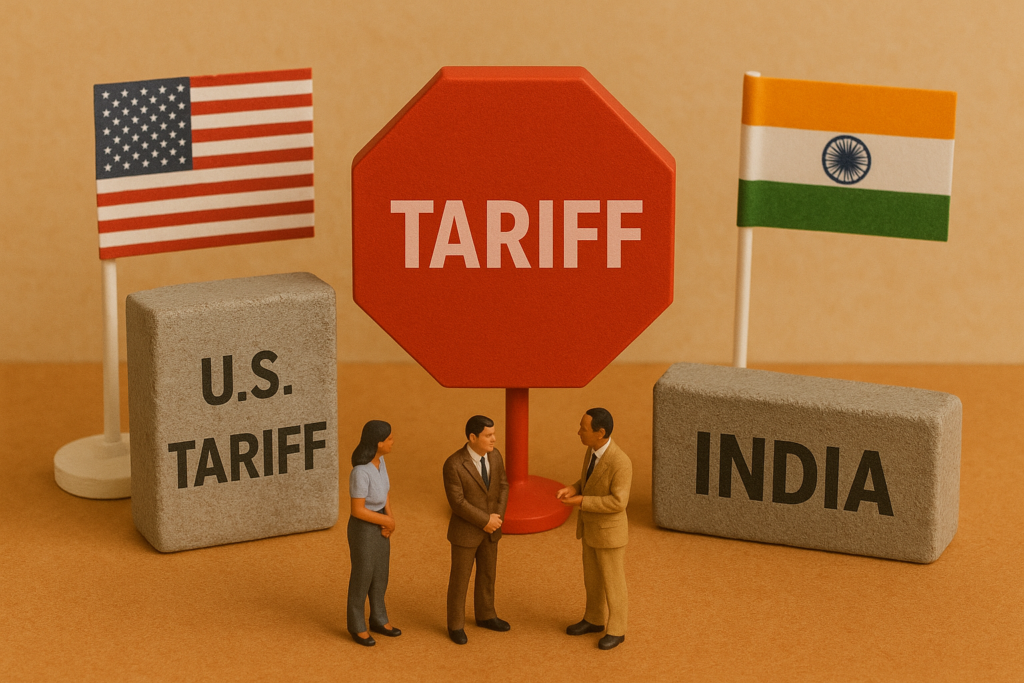Introduction – Understanding the 50% Tariff
A tariff is a tax placed on imported goods. Recently, there’s been talk about a 50% tariff on certain imports to India. This means products coming from other countries will cost 50% more in taxes before they even reach Indian shops. But what does this mean for India’s economy, businesses, and students like you? Let’s break it down.
1. What is a Tariff?
A tariff is a government tool used to control trade. It can:
- Protect local industries by making foreign products more expensive.
- Increase government revenue through taxes.
- Influence trade relations with other countries.
2. How Will a 50% Tariff Affect India?
The impact can be both positive and negative:
Positive Effects:
- Boost to Local Products – Indian companies may sell more because foreign goods are costlier.
- Job Creation – More production in India can lead to more employment.
- More Government Funds – Extra tariff income can be used for public services.
Negative Effects:
- Higher Prices for Consumers – Imported goods like electronics or luxury items may become very expensive.
- Possible Trade Tensions – Other countries might respond with their own tariffs.
- Slower Technology Access – If tech imports get expensive, India may take longer to adopt new technologies.

3. Which Products Might Be Affected?
A 50% tariff could impact:
- Electronics like smartphones, laptops, and gaming consoles.
- Luxury Goods like foreign cars and branded fashion.
Certain Raw Materials used in industries.
4. How Does This Affect Students?
You might feel the effect of tariffs in ways you don’t expect:
- Higher Prices for Gadgets – Phones and laptops for school projects may cost more.
- Change in Career Opportunities – Growth in local manufacturing could open jobs in engineering, design, and production.
- Awareness of Global Economics – Understanding tariffs is a valuable skill for future entrepreneurs, economists, and policymakers.
5. What Can India Do to Balance the Impact?
To make the best of this policy, India could:
- Support local industries with better infrastructure and training programs.
- Encourage innovation so Indian products can compete globally.
Negotiate fair trade deals to avoid harmful trade wars.
Conclusion – The Bigger Picture
A 50% tariff on imports can reshape India’s economy. It could help local businesses grow, but it may also make some products more expensive. For students, this is a chance to learn how global trade policies impact everyday life. Whether you study economics, business, or technology, understanding tariffs is key to understanding the future of India’s growth.







